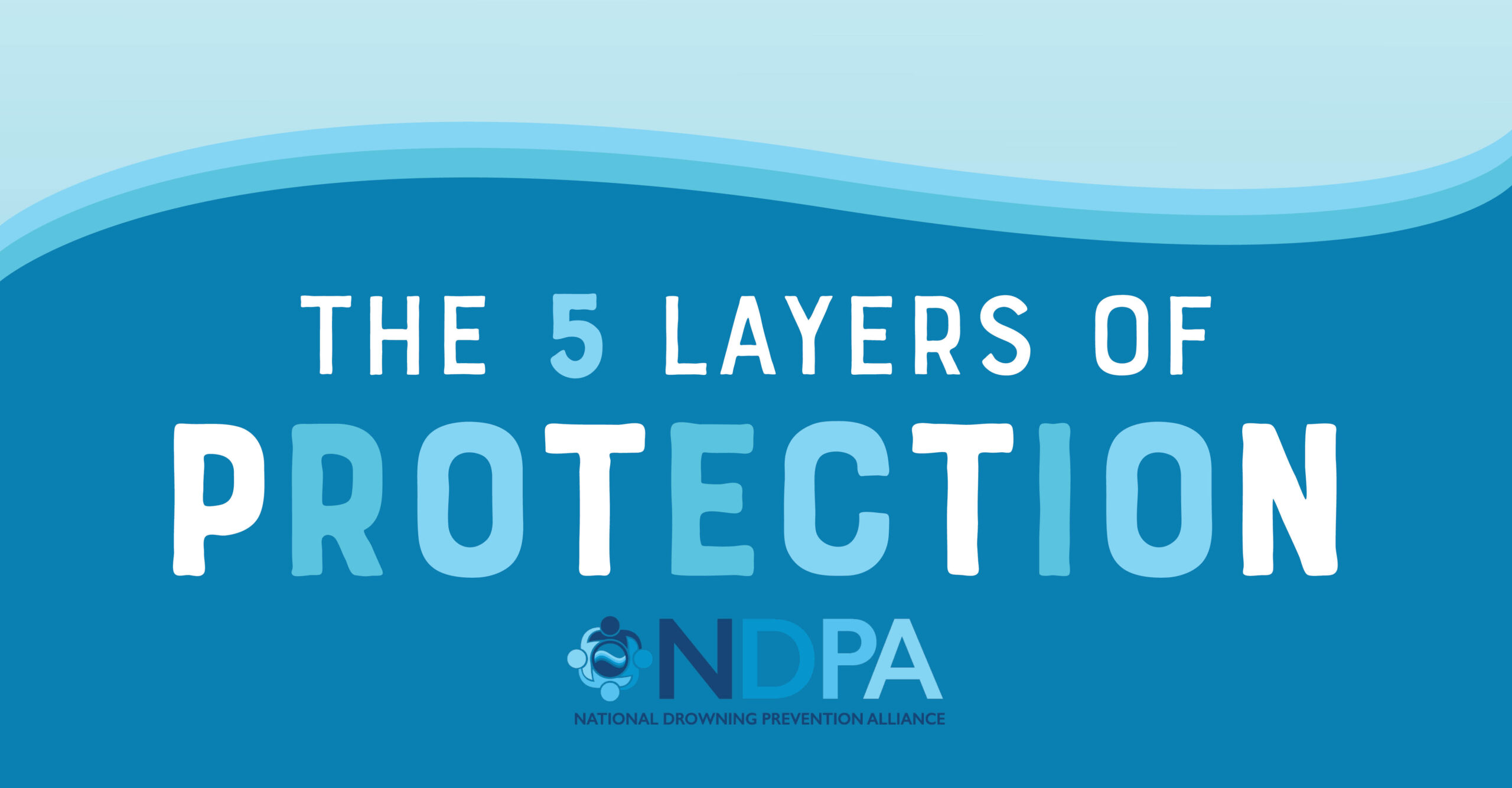How to Help a Toddler Who Hates Swimming Lessons

What to Remember When The Crying Won’t Stop
Sometimes it takes all that you have to keep it together when your child is throwing a fit about going to swim lessons.
Screaming. Crying. Rolling on the floor.
We’ve seen it all. We’ve even watched some parents’ composure slowly crack under the pressure. Before you know it, nobody is having fun. There’s little chance that anyone will actually get to experience the excitement of swimming.
Need some encouraging words?
The first thing to realize is: This behavior is normal.
For some kids, the water can be a big and frightening place. Think about it. Most of us can’t remember our first experience in the water, but we imagine it’s akin to what our pets feel when riding in the car for the first time.
What’s happening? Why is the world moving? Why is their wind at my ears? What’s that noise? Why is mom up front? It’s a completely new sensory experience. Top that off with the fact that some kids go through separation anxiety when leaving their parents, and it’s easy to see why the water can sometimes be an overwhelming and foreign world.
Getting Used to Swim Lessons Can Take Time
After years of teaching children how to swim and how to be safe in and around the water, we have good news: it will stop.
When you ask?
Usually around the fourth lesson.
That strange man or woman that keeps insisting your child splash around will begin to become trusted and known as a teacher. And that initial shock of being wet will dissipate as the water becomes a fun and familiar place.
Encouraging a Toddler to Swim
It’s important to remember, though, that each child develops water confidence and comfort at his or her own rate. That being said, if you’re child is still crying, there are some things you can do that will help the process along and finally grant you sweet, excited silence:
- Stay in the observation room – If you’ve ever been to daycare, this part can sometimes to the hardest for parents. The parental instinct to nurture will really kick in here, but you need to teach your child to trust those whom you place him/her with and that you will return.
- Offer continued support and encouragement – Though it can be a process, try and offer continuous encouragement to your child. Explain to him/her the benefits of the learning how to swim and that, after awhile, it becomes fun.
- Reinforce desired behaviors – Sometimes all it takes is some good ol’ reinforcement. Your child is a parent-pleaser at heart. Rewarding or encouraging enthusiasm for the pool may inch your child to water independence.
- Practice skills at home in the bathtub or pool – Practice (not necessarily perfect at first) makes comfort! Working at home with your child will undoubtedly begin to instill trust in the water and a confidence in his/her skills.
What Should You NOT Do?
- Offer bribes for attending lessons – Bribing a child to attend swim lessons reinforces a negative association with water and the learning process…and that’s something you definitely want to avoid in the long-run.
- Discontinue lessons altogether – swim lessons are, first and foremost, about safety. Discontinuing lessons is detrimental for a child’s development. Swimming is an essential skill for water safety and sometimes, survival.
- Allow your anxiety to show through your child – We know the crying can get frustrating, but the last thing your child needs is an added dose of anxiety to compound his/her own.
We hope this post has been helpful for those of you who have requested more information about crying. Do you still have questions?
Check out our water independence swim programs or visit one of our locations!



